#23 未病-Ahead sick
English follows Japanese
(Let me apologize in advance there might be some grammatical mistakes below.)
こんにちは。
ヨガインストラクターのuriです。
今回のテーマは「未病」。私自身が「健康」に興味をもち、その手段として「ヨガ」を学ぶきっかけとなった概念です。

designed by freepik.com
◻️「未病」を知れば変わること
私は「傷病名」を目にすることが多い仕事柄、様々な種類の病気やケガがあるという事に衝撃を受けると同時に、日々「未病」の大切さを実感していました。
「未病」とは…
健康か病気かという二分論ではなく健康と病気を連続的に捉える「未病」の考え方などが重要になると予想される。(中略) …心身の状態は健康と病気の間を連続的に変化するものとして捉え、(中略) …表す概念である。
高齢者になっても、元気で自立した生活を送るためには、一人ひとりが心身に関する正しい知識を持ち、ライフスタイルを見直し、現在の未病の状態や将来の疾病リスクを把握しながら主体的に行動し、社会参加も含めた人生設計を描いていくべきである。(中略) …
厚労省資料より抜粋https://www.mhlw.go.jp/content/12300000/000572154.pdf
そして、理学療法士と連携し、安全なヨガを目指す「ロジカルヨガ」は、その一助になりうると感じています。

designed by freepik.com
◻️体のねじれが、将来的に引き起こすこと
数ある傷病名の中でも、お客様の年齢があがるにつれ、見かけることが多くなる整形の傷病名が「脊柱管狭窄症」と「変形性関節症」です。
先天的要因もあるようですが、筋肉、骨の誤った使い方による負担が長年蓄積することで発症するケースも少なくないようです。
脊柱管狭窄症の原因
加齢、労働、あるいは背骨の病気による影響で変形した椎間板と、背骨や椎間関節から突出した骨などにより、神経が圧迫されます。(略)
変形性膝関節症の原因
男女比は1:4で女性に多くみられ、高齢者になるほど罹患率は高くなります。原因は関節軟骨の老化によることが多く、肥満や素因(遺伝子)も関与しています。(略)
日本整形外科学会HPより抜粋https://www.joa.or.jp

designed by freepik.com
◻️「未病」と「ロジカルヨガ」
ヨガを始めてから、自分の体を根本レベルで見つめ直すようになりました。通常のエクササイズと大きく違うのは、呼吸と共に自分の身体と向き合いながら「ニュートラル(中立)」を感じようとする点です。
静かな空間で神経を落ち着かせながら、解剖学や生理学にもとづいたインストラクションをもとに、自分の骨格や筋肉の「ニュートラル」を考えてみる。その上でポーズをとると、左右の筋力差や可動域の違いに気がつくことができます。
そしてそれらこそが、病気になる手前の「未病」であり、できるだけ早い時点で対策することが好ましいとされています。
その意味で、「未病」に気がつくきっかけになることも、ロジカルヨガの魅力のひとつだなと感じています。(未病へのアプローチ…まで言及すると、ヨーガ療法等の範疇でしょうか。)
----------------------------------------------------------------
#23 "Ahead sick"
Hello, everyone.
I'm uri, a yoga instructor.
This article theme is "ahead sick". That's why I've got interested in "good health" and I've been studying yoga as the way of that.

designed by freepik.com
◻️Once you know the idea of "ahead sick"…
I always feel the importance of the idea of "ahead sick" by learning the various diseases while I'm dealing with documents with name of illness at work.
"Ahead sick" …
can be a common idea that there's a middle health condition between being well and ill and that people are getting ill gradually not suddenly. (omit following sentence) …We are encouraged to draw a healthy life ourselves even when we get older by getting correct info about good health, forming good life styles, recognizing the risk of illness and the current condition of your body.
Cited from website of Ministry of health, labour and welfare
https://www.mhlw.go.jp/content/12300000/000572154.pdf
I suppose "Logical yoga" can be safer method to accomplish it. For that, Some yoga instructors are working with the physical therapist.

designed by freepik.com
◻️What'll happen if we left body warped?
"Spinal canal stenosis" and "osteoarthrosis" are one of the most common name of illness as we get older.
It's not a small number of people who suffer from them due to damages by using body wrongly for long time besides congenital disease.
Spinal canal stenosis
Due to warped spines effected by illness, aging or over working. They press the nerves with sticking out bone. (omit following sentence)
Osteoarthrosis
Women are more likely to suffer from this four times as much as men especially when we get older. Its factor is aging of articular cartilage, fatness and their gine. (omit following sentence)
Cited from website of the Japanese Orthopaedic Association Corporation https://www.joa.or.jp

designed by freepik.com
◻️"Ahead sick" and "Logical yoga"
I've got fundamentally interested in my own body condition since I started yoga. The big difference from an usual exercise is that we tend to look for the neutral position in our body with moderate breathing.
You can see whether your body is neutral in relaxing mood with instructions based on anatomy and physiology. You also can realize the difference such as balance of right and left or range of movement.
That's exactly the "ahead sick" and it's generally good idea to deal with them as soon as possible.
In this sense, "Logical yoga" might tell you how you can improve your body. (When it comes to the specific method for that, it's better to use the method of yoga niketan, I suppose.)
Thank you for reading this all!
#22 男女の骨格-The physical difference
English follows Japanese
(Let me apologize in advance there might be some grammatical mistakes below.)
こんにちは。
ヨガインストラクターのuriです。
最近では男性もヨガをされることが一般的になってきましたが、男女の身体にはどんな違いがあるのでしょうか?

designed by freepik.com
◻️「男女の骨格の違い」を知る
男女の身体における大きな違いとして「骨盤」がひとつ挙げられます。
出産の関係もあり、女性の骨盤は広く広がった「楕円型」、男性の骨盤は狭く締まった「ハート型」をしているのが一般的です。

このような違いから、太ももの骨の上端にある『大腿骨頚部』の長さにも違いが現れ、女性は長く、男性は短くなります。

上図の大腿骨頸部から膝関節にかけての「角度」に注目してみてください。
女性の場合、大腿骨頸部が長い分、腰が横に広がって見えます。さらに、腰の側面の付け根部分〜膝の角度が男性よりも大きくなります。その為、足先回りやふくらはぎに負荷がかかりやすい傾向にあるといえるようです。
一方で男性の場合、腰から膝への角度が女性と比べて垂直に近いため、太ももの裏側にあるハムストリングスへの負荷が大きくダメージを受けやすくなります。
◻️男性には、どんなヨガがよい?
男性に限らずですが、仮に姿勢が崩れてくると骨盤の位置が変わり、動作に変化がおこります。そうすると、各筋肉部位への負担も変わります。
先述の通り、男性の場合は太もも(特にハムストリングス)、女性はふくらはぎへの負担が大きくなり、肉離れなどの怪我につながることもあります。
こういった怪我を防ぐためのトレーニング法の一つとして「体幹トレーニング」が挙げられます。体幹トレーニングにより、動作中の骨盤の位置を適正な位置にコントロールできるようになります。
そう言った意味で、男女ともに「体幹」を鍛えることが重要であるといえます。

designed by freepik.com
もちろん、骨格や柔軟性の違いから得意不得意なポーズがあったり、それぞれのホルモンにあわせたオススメポーズがあったり、男女(に限らず各々)の違いに配慮することも大切です。
その点はお一人お一人のコンディションを見ながら、個別にインストラクションしていけたら理想的です。この点は、また別の機会で勉強したいと思います。
----------------------------------------------------------------
#22 The physical difference between male and female
Hello everyone. I'm uri, a yoga instructor.
Recently, It's become more popular to do yoga among men than before.
Do you know the physical difference between male and female?

designed by freepik.com
◻️The difference between them
The one of the biggest differences is the pelvis. The female pelvis is wider than male's because women can have a baby.

Due to such a difference, there's also a difference in the length of femoral neck. Female's is longer, whereas male's is shorter.

Have a look at the above picture in terms of the angle from the side of weast to the part of knee.
Female's waist looks wider than males, And the angle from the side of waist to the part of knee also looks wider. so the calf get hurt easily by something like sports activities.
On the other hand, in male's case, that angle is much more vertical than female's, then the hamstrings is more likely to get damaged.
◻️Which type of yoga for men?
If you have a bad posture, the position of the pelvis and physical movement will change. Moreover, it gives you much more damage to your muscle.
To prevent getting hurt, the core training can be better way. It might help you capable of balance your body properly.
In this sense, It’s quite important for women and a man to train your inner muscle.

designed by freepik.com
Of course, we should take care of the differences in the skelton and the flexibility, then we can suggest the suitable yoga poses for each client by recognizing such differences.
It's ideal to watch each client carefully while I am giving a class to them. I’ll continue to learn how to do it later on.
Thank you for reading this all!
#21 筋収縮-Muscle contraction
English follows Japanese
(Let me apologize in advance there might be some grammatical mistakes below.)
こんにちは。
ヨガインストラクターのuriです。
前回に引き続き「筋収縮」について触れながら、アーサナの効果について考察していきます。

designed by freepik.com
◻️「3種類の筋収縮」をおさらい
エキセントリック・コンセントリック
スクワットで膝を曲げて体を下ろしていくのがエキセントリック、体を持ち上げるのがコンセントリックです。
エキセントリックは収縮した筋肉を伸ばしながらも、筋肉がブレーキとなっている状態のことを指します。
アイソメトリック
壁を力いっぱい押すことを想像してください。このとき関節は動かず、さらに筋肉の繊維が長くなったり短くなることもありませんが、筋肉に緊張が走っていることが分かります。これがアイソメトリックです。
この状態では意図しないうちにお腹に力が入っており、腹筋が鍛えられます。
アイソメトリックは関節を曲げなくてもよいため、エキセントリック・コンセントリックと比べて体の負担が少ないと言われています。
◻️筋収縮からみるアーサナの効果
この3種類の筋収縮がバランスよく取り入れられているアーサナのひとつが、マラーアーサナ(花輪のポーズ)です。

designed by freepik.com
膝を曲げてお尻を落としていく動作=エキセントリック、
合掌する手と手、肘と膝とで押し合う動作=アイソメトリック、
膝を伸ばして体を持ち上げる動作=コンセントリックです。
またアイソメトリックの代表的なポーズとして、プランクが挙げられます。

designed by freepik.com
アイソメトリックの動作時は、ゆったりとした呼吸を心がけましょう。呼吸を止めると血圧が上がってしまいます…!
例えば「合掌」は、いつでもどこでも実践することができます。そして「結果的に体幹も鍛えられる」というのも魅力的。
「10秒合掌して、10秒休憩」が良いそうです。ぜひ忙しい日々の合間に、取り入れてみてはいかがでしょうか。
------------------------------------------------------------
#21 The effect by "muscle contraction"
Hello, everyone.
I'm uri, a yoga instructor.
I'll talk about "muscle contraction" again as I did in the last article, and consider the effect of yoga pose.

designed by freepik.com
◻️About muscle contraction
Eccentric & Concentric Contraction
Eccentric Contraction is an action you bend your knees deeply without completely sitting down, whereas Concentric Contraction is an action you stand up.
Isotonic Contraction
If you imagine that you push the wall strongly, you'll find your muscle keeping still.
Both joint and muscle fiber don't be active, but the muscle have a tension. That's just Isotonic Contraction, which develop the abdominal muscle involuntary.
Isotonic Contraction don't need bending joint, so it's less harm your body.
◻️The effect by "muscle contraction"
The one of the well-balanced yoga poses which contains these three types of muscle contraction s is Garland Pose.

designed by freepik.com
In Garland Pose,
●bending knees=Eccentric Contraction
●Putting your palms together strongly
=Isotonic Contraction
●standing up=Concentric Contractio
Take a slowly breath during Isotonic Contraction. If you don't do that, your blood pressure would go up.
Plank is also known as the main pose of Isotonic Contraction.
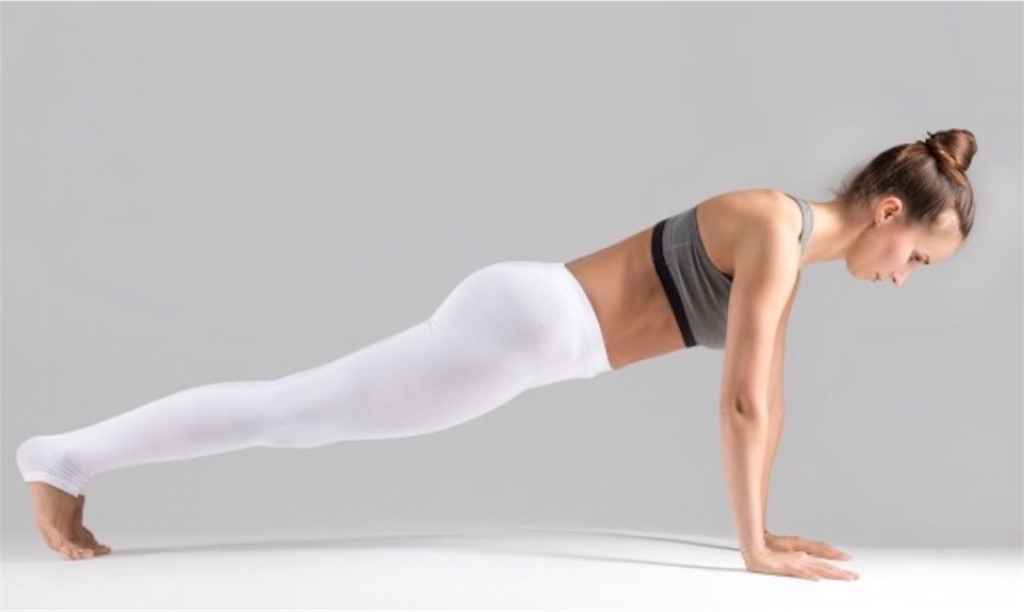
designed by freepik.com
Basically, people do yoga to calm yourself down and find yourself just in yourself. But it's also a benefit that you can train your whole muscle including a core muscle.
How about Putting your palms together anytime and anywhere you want with counting 10 seconds?
Thank you for reading this all!
#20 筋肉-Developing muscle
English follows Japanese
(Let me apologize in advance there might be some grammatical mistakes below.)
こんにちは。
ヨガインストラクターのuriです。
一般的に世の女性は「筋肉を大きくしたい」というより、「綺麗に引き締めたい!」という方のほうが多いのではないでしょうか。

designed by freepik.com
◻️「筋肉が大きくなる仕組み」とは
筋肉は「筋繊維が傷つく→修復」を繰り返して大きくなります。
筋繊維は、普段の運動よりも高い負荷をかけることで傷つきます。これを修復し、さらに成長させるためには、タンパク質などの栄養分と良質な睡眠が欠かせません。
この筋肉を成長させるプロセスにおいて重要な「筋収縮メカニズム」は、以下の通り。なかでも「エキセントリック筋収縮」が効果的だという説があるようです。
1)伸縮性収縮によるエキセントリックトレーニング(ウエイトを下ろしたりなど、筋肉が力を出しながら引き延ばされること)
2)短縮性収縮によるコンセントリックトレーニング(ウエイトを上げたりなど、筋肉が力を出しながら短く縮まっていくこと)
3)等尺性収縮によるアイソメトリックトレーニング(コンセントリックとエキセントリックの中間の静的運動)

designed by freepik.com
◻️ヨガで筋肉は大きくなる?
結論から言うと、女性が普通に出来る程度のトレーニングでは、簡単には大きくならないそう。また気になる部分を引き締めるためには、全身をまんべんなく筋トレする必要があるようです。
私たちの身体は「腕の脂肪だけを部分的に減らしたい!」という部分痩せはできない=脂肪を減らすには、全身の脂肪を減らさなくてはいけないそうなんです。
「履くだけで足が細くなる」とか「巻くだけでお腹がやせる」などの効果をうたったアイテムは基本的に効果なし…なのでしょうか。
そういった観点でもヨガは…
❶ひとつのポーズだけでも、コンセントリック・エキセントリック等がバランスよく行えるものが多いこと
❷さらに様々なポーズをバランスよくシークエンスに組み込むこと
以上のことから「全身の筋肉をバランスよく」さらに「様々な種類の刺激を与える」いう意味で、綺麗に体を引き締めるのに最適だと思います。
学べば学ぶほど、ヨガは理にかなってるなぁと実感します…!
------------------------------------------------------------
#20 Developing muscle
Hello, everyone.
I'm uri, a yoga instructor.
I guess most woman would like to make their body look more beautiful rather than bigger.

designed by freepik.com
◻️How the muscle is developed
The muscle gets bigger by the cycle of being damaged and recovered.
If you do much more exercises than usual, the muscle hurt. To promote this, Eccentric Contraction can be a effective way, which you extend your muscle.
This damaged muscle can be developed by good nutrition, sleeping, and taking a rest.
Here're some details of three types of muscle contraction.
Eccentric & Concentric Contraction
Eccentric Contraction is an action you bend your knees deeply without completely sitting down, whereas Concentric Contraction is an action you stand up.
Isotonic Contraction
If you imagine that you push the wall strongly, you'll find your muscle keeping still.
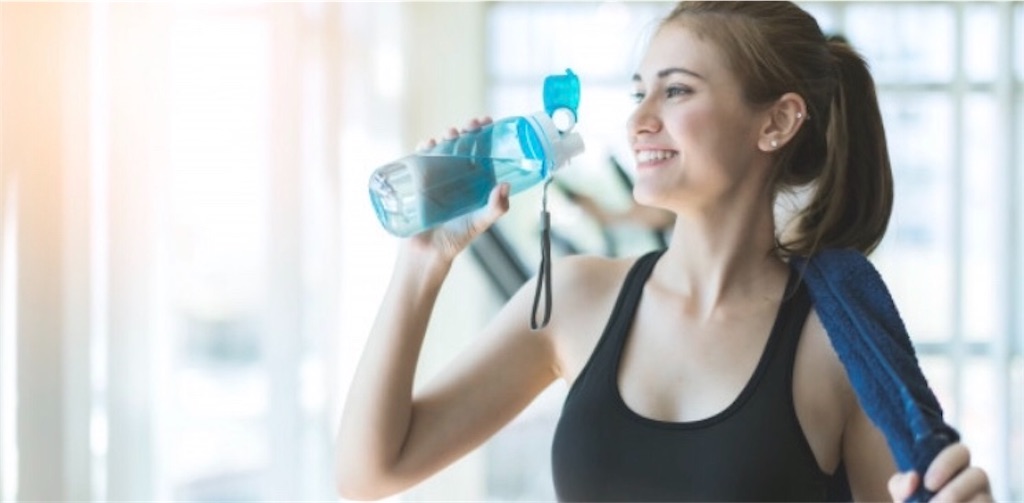
designed by freepik.com
◻️Yoga makes muscle bigger?
As it turns out, the training which isn't hard for woman don't make muscle bigger.
If you'd like to improve the part of your body which you want to change, you need to train your whole body completely.
Some experts say we can't get rid of just only the part of the fat.
In this point of view, yoga …
❶ has well-balanced poses which contain three muscle contractions.
❷ can be composed in good sequence.
it's not too much to say that it's the best way to get in shape in terms of various stimulation.
Thank you for reading this all!
#19 アジャスト-Adjustment
English follows Japanese
(Let me apologize in advance there might be some grammatical mistakes below.)
こんにちは。
ヨガインストラクターのuriです。
今回は「アジャスト」について考えてみます。

designed by freepik.com
◻️アジャストとは何か
アジャストとは「ケガ予防のための調整法」であり、その手法はいくつかあります。
まずは正しい型をお見せする「ビジュアルキュー」、次に、シンプルで分かりやすい言葉で導引する「バーバルキュー」、そして実際に身体に触れて調整する「アジャスト」です。
行う順番としては、ビジュアルキュー、全体、個別バーバルキュー、そして最後に必要であればアジャスト、が良いとされています。
ケガしやすいとされている部位、膝や足首などの方向を、注意深く観察していきます。

designed by freepik.com
◻️危険なアジャストはケガを招く?
ベルギーで、アシュタンガヨガのレッスンを受けた時のことです。(#04、#05とは別の先生です。)
ポーズ中いきなり後ろから腰を掴まれ、力強くぐぃっと、骨盤を正面に向けられました。(他にも驚いたことがちらほらと…)
幸いケガはありませんでしたが、RYT200の講義でアジャストの難しさを教わっていただけに、このような強引なアジャストをされる方がいらっしゃることに正直驚きました。
ヨガの最中にケガをしたというようなニュースも少なからず耳にしますし、人によって骨格や関節の可動域は千差万別です。
インストラクターの中の常識、尺度で一概に「正しさ」を決めてはならないなと、あらためて身が引き締まる思いでした。

designed by freepik.com
とはいえ、適切なアジャストは必要だと思います。誤った型でポーズをとっていると体が歪み、思わぬケガや変性疾患を招きかねないからです。
アジャストはあくまで「身体でイメージを掴んでいただくためのサポート」であり、そしてそれは見栄えするカッコいいポーズではなく、その方の身体にとって心地よいポーズのイメージだと個人的には思っています。
そのためには、生徒さんご自身が自分の身体と向き合い、ある程度理論を理解した上で、体で覚えることが大切だと思います。
インストラクターがお手伝いできることは、まずは言葉で理論を伝えること。そして必要であれば、そっと手を添える程度に、丁寧に体を導いていくこと。
長期的な目線で考えたときに、私はそんなクラスにしていきたいなと思います。
---------------------------------------------------------------
#21 The need of "adjustment"?
Hello, everyone.
I'm uri, a yoga instructor.
I'm going to talk about "adjustment" in this article.
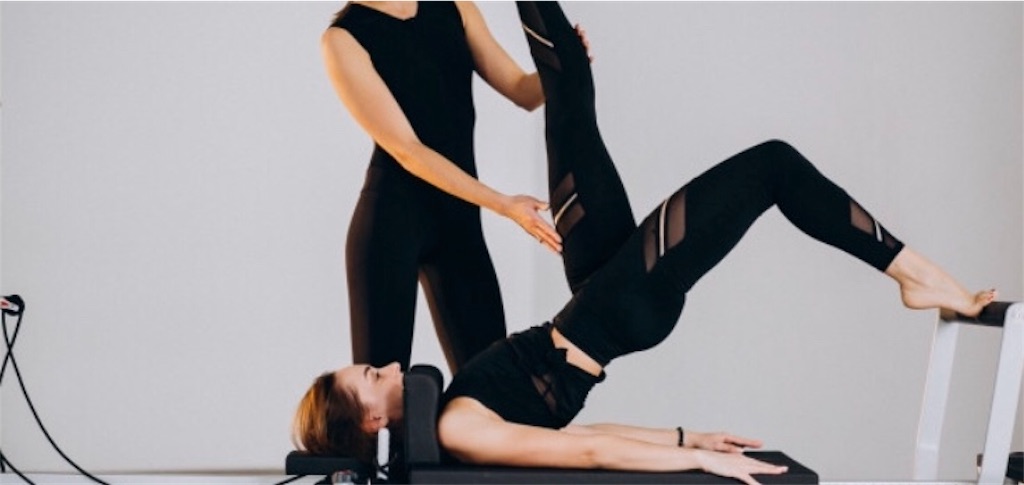
designed by freepik.com
◻️What's an adjustment?
Adjustment is the way which adjust your posture to prevent any harm. There're several types of that.
●showing a demonstration of an exact posing.
●telling in verbal how to restore balance.
●touching the client's body directly to adjust if it's needed.
It's generally recommend to do in above order.
You should make sure to look carefully at the part of body which is likely to hurt, like knees, the direction of ankles, and so on.

designed by freepik.com
◻️Adjusting in a wrong way could be danger?
Recently, I've heard of much news about physical accidents in doing yoga. I've been getting more careful by knowing this fact.
And I found that we shouldn't follow only my own idea because there're various types of skeleton and joint by person.

designed by freepik.com
Having said that, adjusting in a right way is quite important, because posing wrongly will make your body warped and cause any harm such as degenerative disease.
We can say like Adjustment is nothing more than "support" for leading clients to the comfortable pose instead of good-looking posing.
So, I suggest that clients learn also by themselves how to do yoga logically and physically. Instructors should help them by word at first. The next step is adjustment gently touching.
This is my ideal way to have my class for long term, I think.
Thank you for reading this all!
#18 腹圧-Abdominal pressure③
English follows Japanese
(Let me apologize in advance there might be some grammatical mistakes below.)
こんにちは。
ヨガインストラクターのuriです。
「腹圧」について考えるシリーズ、最終回です!
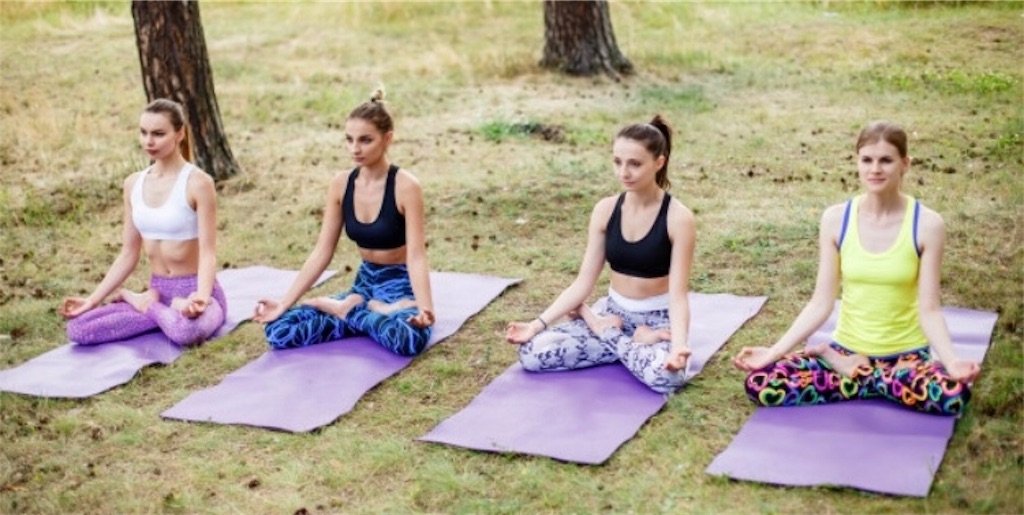
designed by freepik.com
◻️内腹斜筋・外腹斜筋とは・・・
体の回旋、姿勢保持をサポートする筋肉です。両者の異なる点は、その位置と筋繊維の向き。
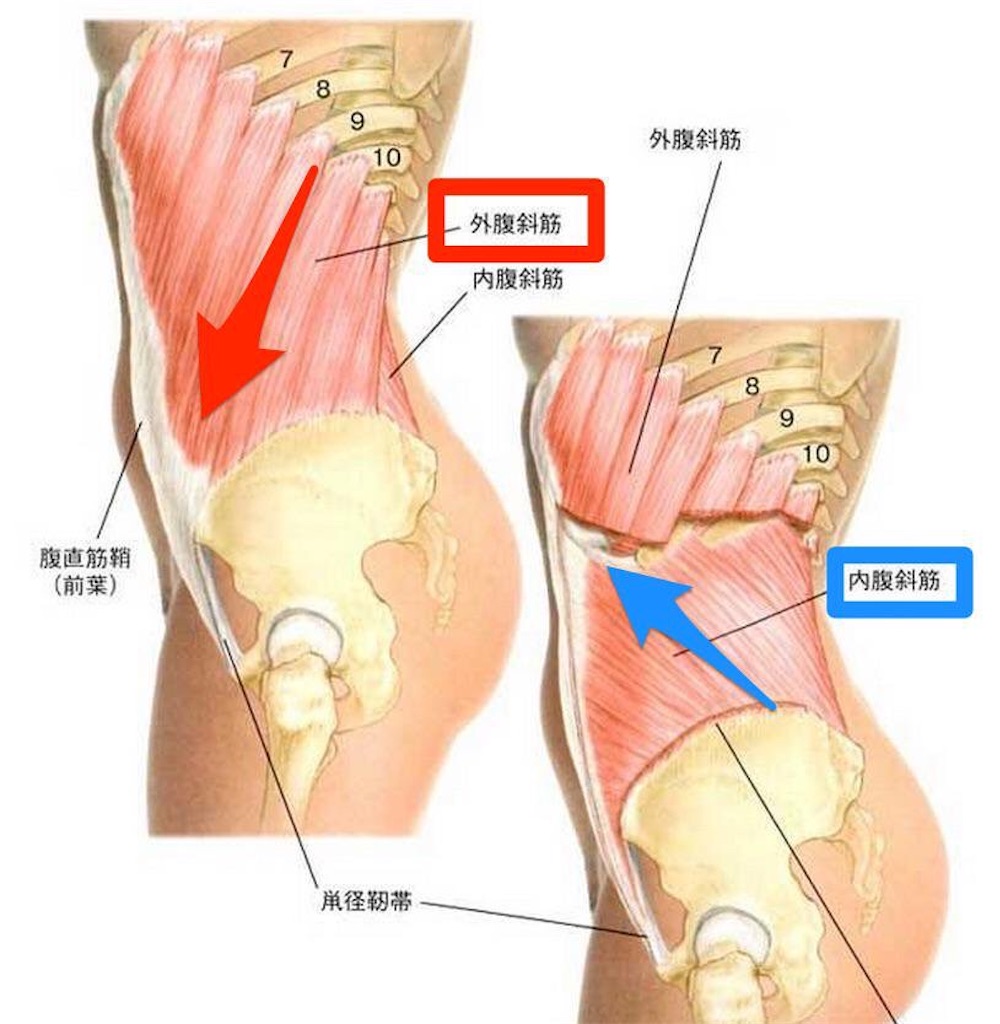
画像出典 解剖生理学勉強法.biz/kyouzai
「外腹斜筋」は腹部の全体を覆う表層筋であり、筋繊維は斜め下。「内腹斜筋」は腹横筋と外腹斜筋の間についている深層インナーマッスルで、筋繊維は斜め上。
(※11/14:筋走行が誤っていたため、訂正致しました。ご指摘ありがとうございます。)
内腹斜筋は脇腹を中心に巻き付くように存在しているため、鍛えれば綺麗なクビレが手に入るかも…!
◻️内腹斜筋・外腹斜筋を活性化するポーズ
これらを活性化するポーズは、「屈曲」「捻り」「側屈」です。
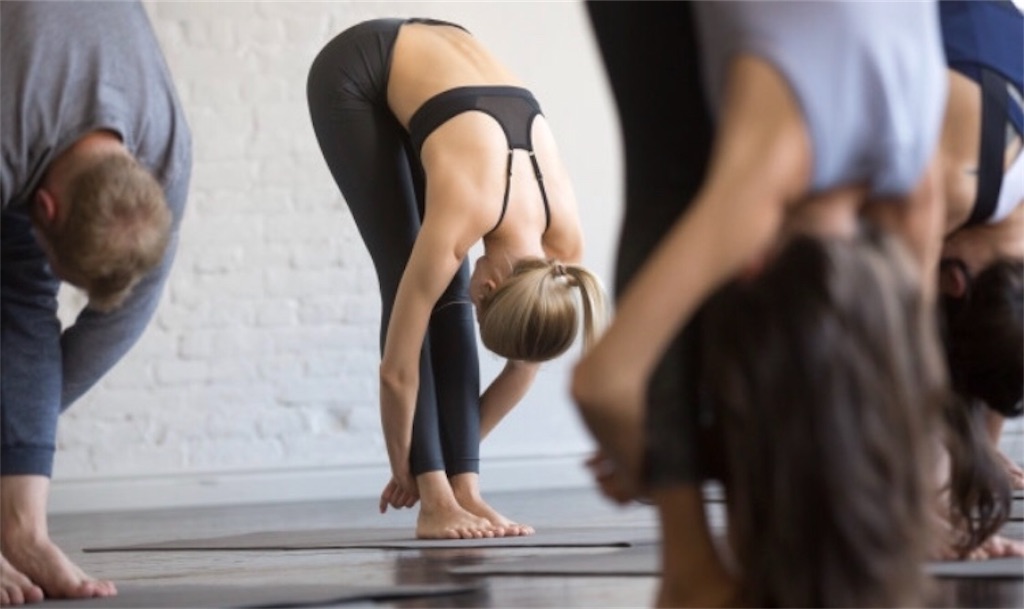

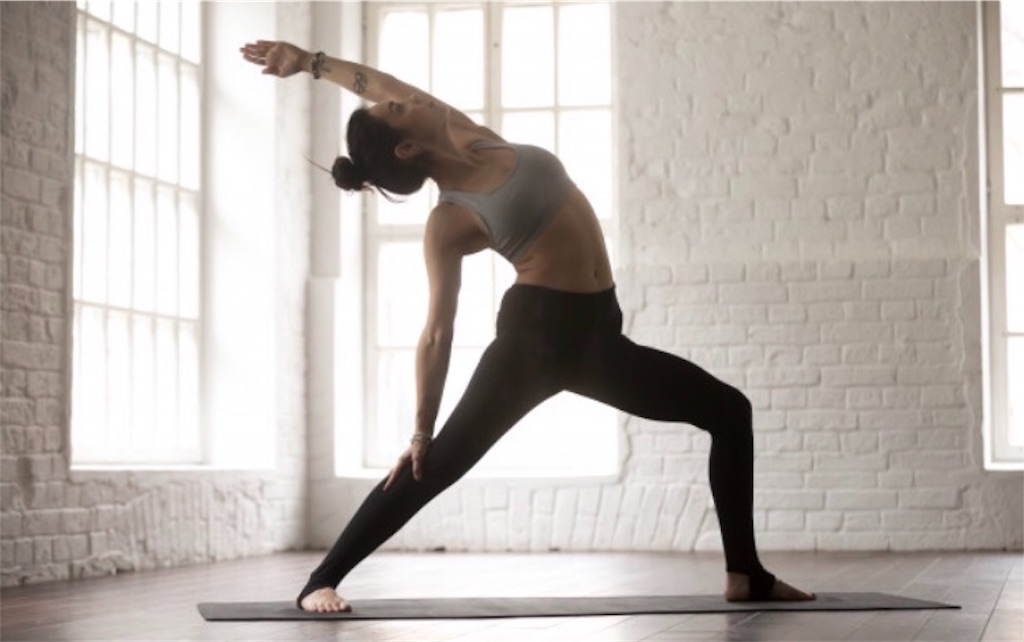
designed by freepik.com
◻️分かりやすい腹圧インストラクション
#16、#17と見てきたように、「お腹」と一言で言っても、様々な筋肉がありました。
「どこからどこまでの筋肉を、腹圧関連筋として認識しているか?」にズレがあると、インストラクションの受け取り方も変わってきそうです。
「お腹」という言葉に頼りすぎずに、こうした筋肉の連動を、分かりやすい言葉で伝えられたら…!
私は、腹圧を次のように解釈しました。「骨盤底筋から始まり、股関節部が下肢と体幹を適切にジョイントし、おへそ下から横隔膜あたりの各筋肉が、平らなコルセットとなるようなイメージ。」
以下の通り、インストラクションに落とし込んでみます。
❶左右の上前腸骨棘にそれぞれ両手をあて、股関節に小指側を添わせて面を作る。この面が床に対して垂直になるよう、尾骨を真下に向けるよう意識する。
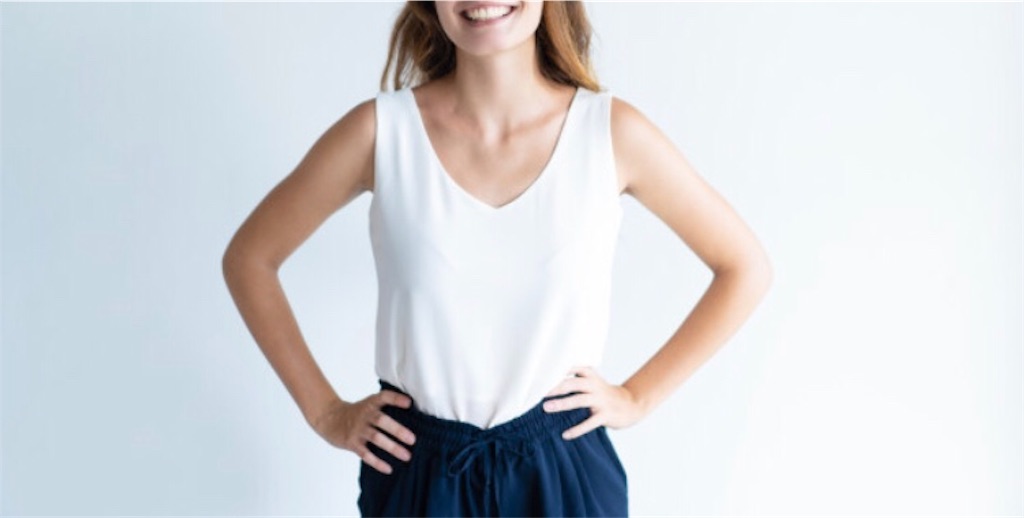
designed by freepik.com
❷その骨盤・背中の位置は固定したまま、股関節付け根からみぞおちまで「お腹全体」を背中方向に近づけるように体幹を薄くする。
❸そして両脇の付け根前側(ハミ肉の部分)が斜め上方向に引っ張られ、それに連動するように肩甲骨が下がり、胸が開くイメージです。(=肩甲骨の下制)
※僧帽筋群が弱い方(=巻き肩クセがある方)は、僧帽筋群が前方に倒れこみ、みぞおちが前にぽこっと出てしまうことがあります。(私は典型的なこのタイプで、みぞおちに余計な力が入っていました。)
…とはいえ、自分の感覚を言語化した部分が大きいので、果たして生徒さんにとってわかりやすいのかどうなのか…
ぜひ他の先生方のご意見を聞いたり、生徒さんの反応を伺いながら、より良いインストラクションを考え続けていきたいなと思います。
---------------------------------------------------------------
#18 Abdominal pressure③
Hello, everyone.
I'm uri, a yoga instructor.
This is the last part of series of "abdominal pressure".
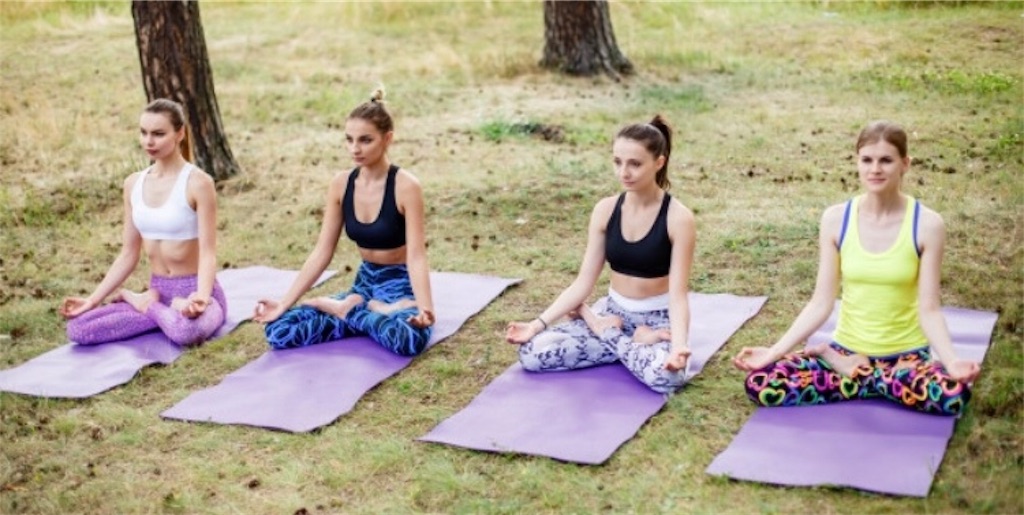
designed by freepik.com
◻️Internal oblique & External oblique
They're muscles which help maintaining good posture and twisting your body. The difference between them is their positions and the direction of muscle fibers.
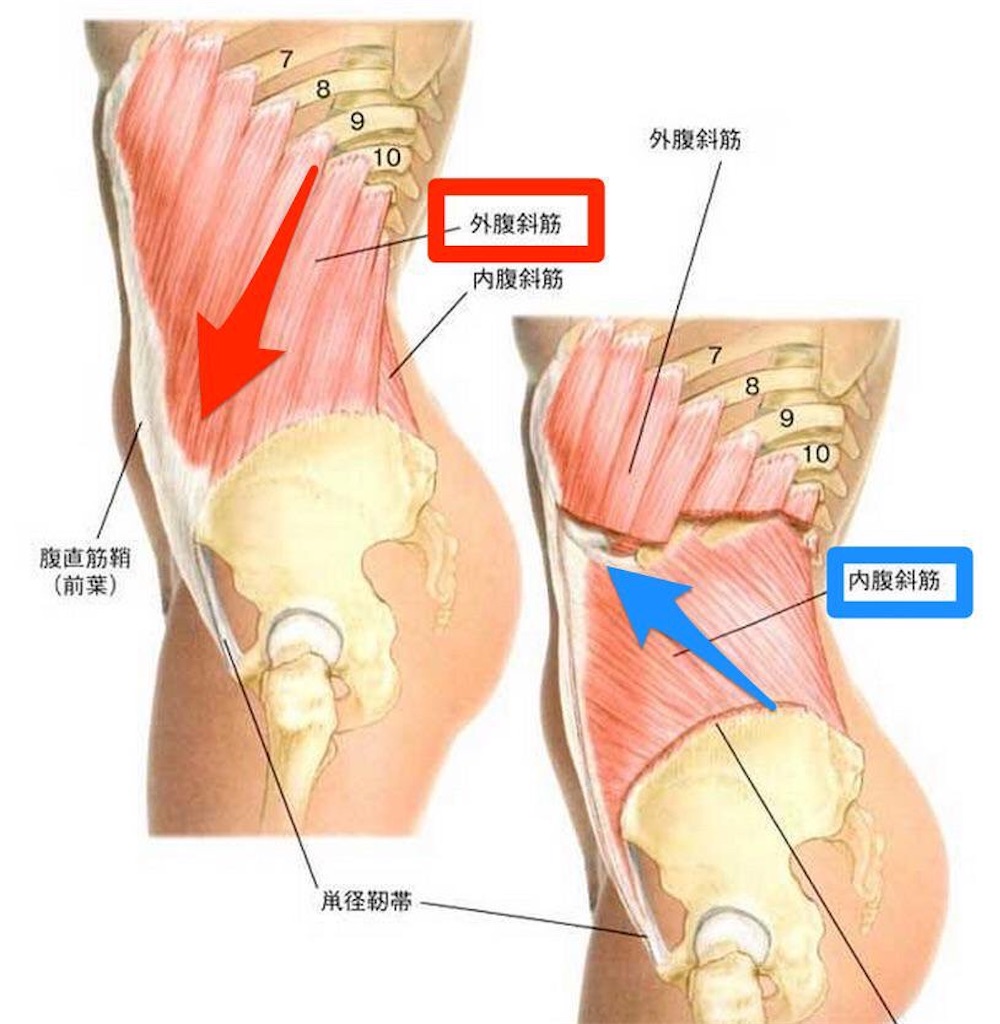
画像出典 解剖生理学勉強法.biz/kyouzai
"External oblique" is the muscle which covers over an abdominal part in the surface layer. Its direction of muscle fibers gose down.
"Internal oblique" is the muscle which exists between transversus abdominis muscle and External oblique in the deep layer. Its direction of muscle fibers gose up.
If you want to get a beautiful waist, you should train Internal oblique because it's around waist.
◻️To enhance Internal & External oblique
To enhance them, these three types of pose would be helpful.

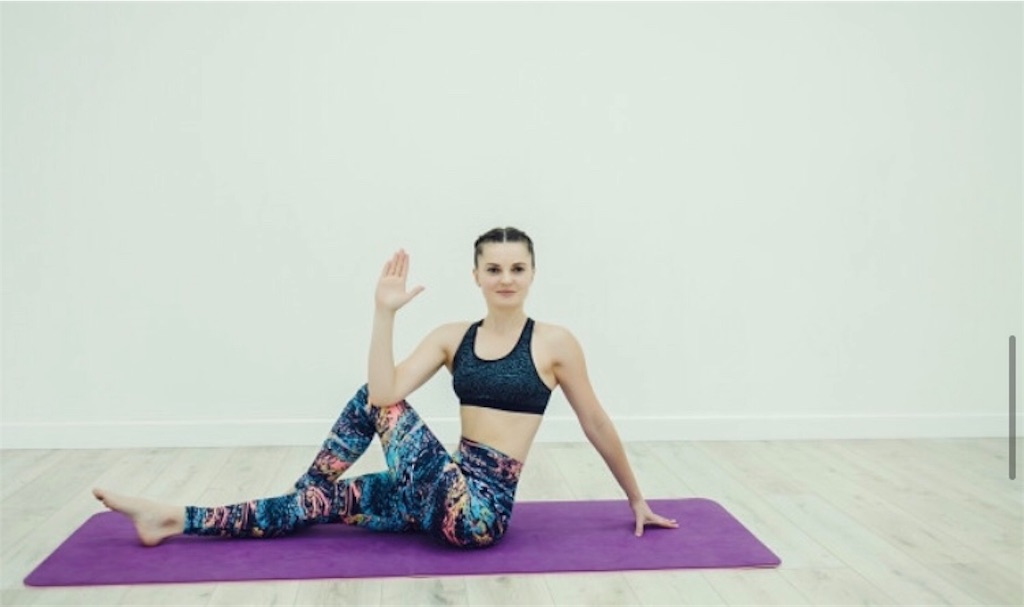
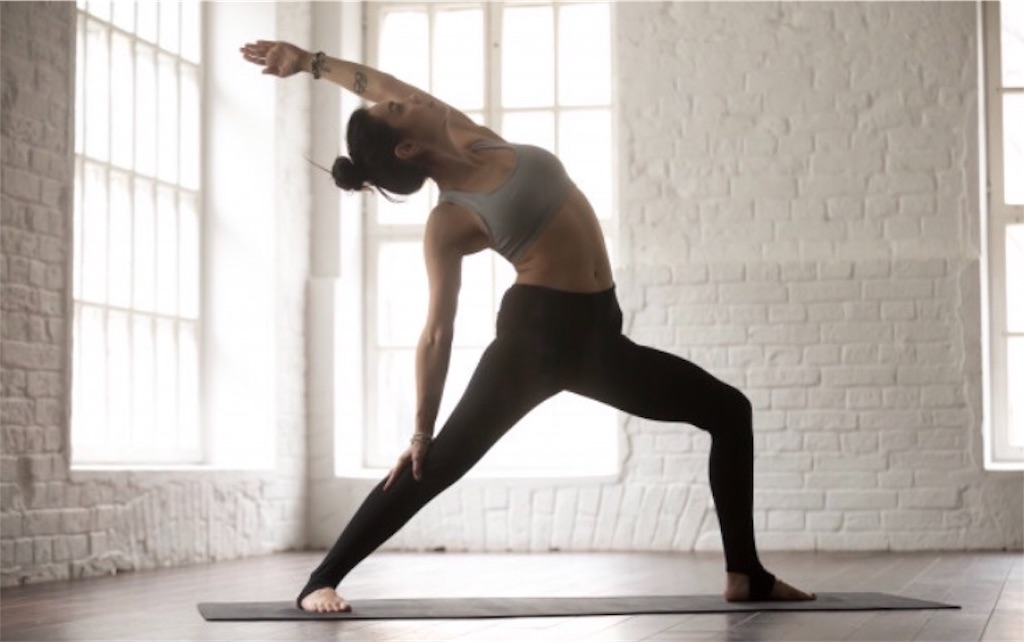
designed by freepik.com
◻️Clear instructions are needed.
As I also mentioned in the last two articles, I suppose the word "abdomen" is a bit vague to understand exactly what the muscle is.
If we just say "abdomen", it doesn't mean there's only one muscle. In fact, there're various muscles.
People might recognize it differently, like how range we should recognize as "abdomen". This fact would make people confused.
So we should instruct using a fine word which people can imagine the connection of muscles instead of the word "abdomen".
I interpreted "abdomen" following.
It starts from a pelvic floor muscle, a hip joint connect the legs and the trunk properly. Then, the diaphragm muscle feel like a corset.
I've tried to put my idea into an instruction below.
❶Put both your hands on the waist and put your little finger along the hip joint.Make sure the angle of pelvic is vertical and the direction of coccyx is almost vertical as well.
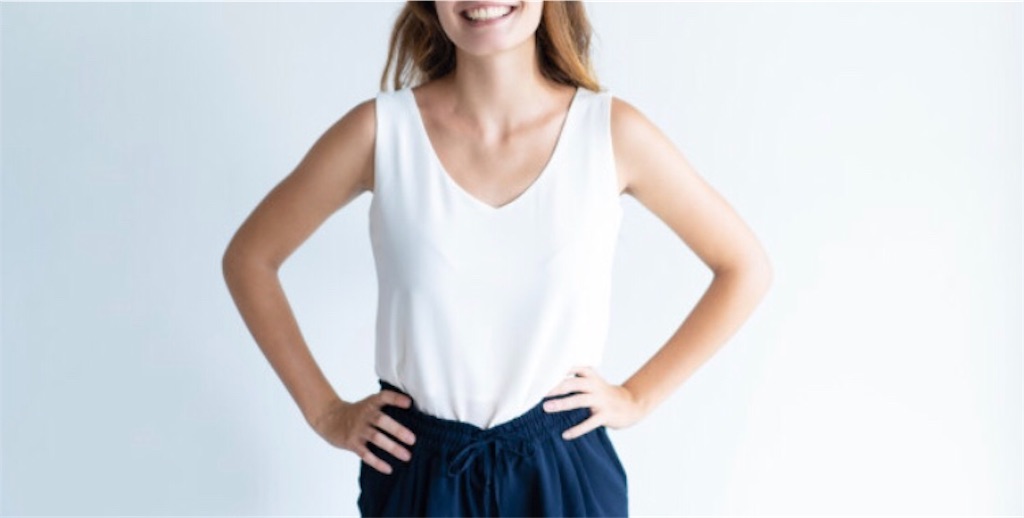
❷Keeping the positions of pelvis and spine, make the area between hipjoint and diaphragm approach to your back.
❸Just imagine that both your underarms are lifted diagonally upward, which makes your scapula goes down, and open your breast.
※For those who have a weak trapezius muscle, trapezius muscle and diaphragm tend to go forward. (I'm a typical type of this. It used to cause an needless pressure on the diaphragm.)
Having said that, it's mostly based on just my though, I'm wondering if it's easy to understand for client.
I really want to share the idea with other instructors, or watch the reaction of client. I'll keep thinking of the better instruction.
Thank you for reading this all!
#17 腹圧-Abdominal pressure②
English follows Japanese
(Let me apologize in advance there might be some grammatical mistakes below.)
こんにちは。
ヨガインストラクターのuriです。
前回に引き続き「腹圧」について考えていきたいと思います。

designed by freepik.com
◻️歪みの判定方法・ニュートラルとは?
前回の記事でも触れましたが、腹圧の入れ方は「生徒さんの身体の歪み方によって異なる」と思います。
「骨盤前傾」であれば、まずはお尻を締めつつ脚を外旋方向に向け骨盤をニュートラルにセットするし、「骨盤後傾」であれば、逆方向の動きが必要になります。
姿勢の土台である「骨盤」が間違ったポジションで固定されているので、その上に乗る「体幹」も間違ったコンディション…縮んでいたり伸びていたりすることが多いです。

designed by freepik.com
これをニュートラルな本来の状態に戻した上で、正しく腹圧を入れなくてはいけません。その為にはまず、自分自身の歪みを自覚する必要があります。
↓歪みのない、ニュートラルな姿勢です。

そしてご自身が「骨盤前傾(反り腰型)」なのか「骨盤後傾(猫背型)」なのかを知るためには、
壁から少し離れたところで普段通り自然に立ち、そのまま壁側へ後ずさりすることで判定することができます。(詳しくは別の機会で…)
◻️正しい腹圧+自然な呼吸
正しく腹圧をセットするために必要な筋肉は、「腹直筋」「腹横筋」、
そして、自然な呼吸も両立させるためには、その間にある「内腹斜筋」「外腹斜筋」の活性化がとても重要です。

「腹圧を入れる」=最も表層にある「腹直筋」にのみ力を入れる意識に(私は)なりがちですが、そうすると呼吸がしづらくなります。
なぜなら、呼吸をする際に腹筋群が働く順序は、深部から①腹横筋、②内腹斜筋、③外腹斜筋、④腹直筋、と言われているからです。
最初に④が硬くなることで、本来働くべき①〜③がスムーズに働かなくなり、呼吸がうまくできなくなるのでは…と個人的に考えています。
次回は、この内・外腹斜筋にフォーカスしつつ、これらの筋肉を活性化するヨガポーズ、さらにどんなインストラクションが効果的なのかを、頭を悩ませながら考えてみたいと思います!
----------------------------------------------------------------
#17 Abdominal pressure②
Hello, everyone.
I'm uri, a yoga instructor.
Let's consider the abdominal pressure.

designed by freepik.com
◻️The way to know how warped you are
As I mentioned in the last article, I think the way of abdominal pressure depens on how warped our bodies are.
If "The pelvis leaned forward"
Lead your legs to external direction and make pelvis neutral.
If "The pelvis leaned backward"
It needs the opposite way of abve.
If the pelvis which is the basis for posture is fixed wrongly, the waist based on that would be also like that, which means the waist would be extended or contracted.

designed by freepik.com
To correct them to the neutral position and place abdominal pressure on correctly, you should recognize your warped body.
First of all, I'll show you how the neutral condition is.

To check if the pelvis is neutral, leaned forward" or leaned backward…
Stand naturally, and go backward to the wall keeping posture, and you'll see it by comparing with the neutral condition.
◻️Correct abdominal pressure+Natural breath
It's quite important to activate "abdominal rectus muscle" and "transverse abdominal muscle" for setting correct abdominal pressure.
And it's also necessary to use "internal oblique muscle" and "external oblique muscle" which are between "abdominal rectus muscle" and "transverse abdominal muscle" for breathing naturally.

If you think that you should contract particularly abdominal muscle which is most surface one, It might disturb your breathing.
Because it's generally said that the order of muscles which are used in breathing is, from deeper layer, ①transverse abdominal muscle ②internal oblique muscle ③external oblique muscle ④abdominal rectus muscle.
We can't breathe well because these above ①〜③ which are supposed to be activated are not used properly, I personally think.
I'll continue this topic next article focusing on internal and external oblique muscle, thinking of effective pose and instructions.
Thank you for reading this all!